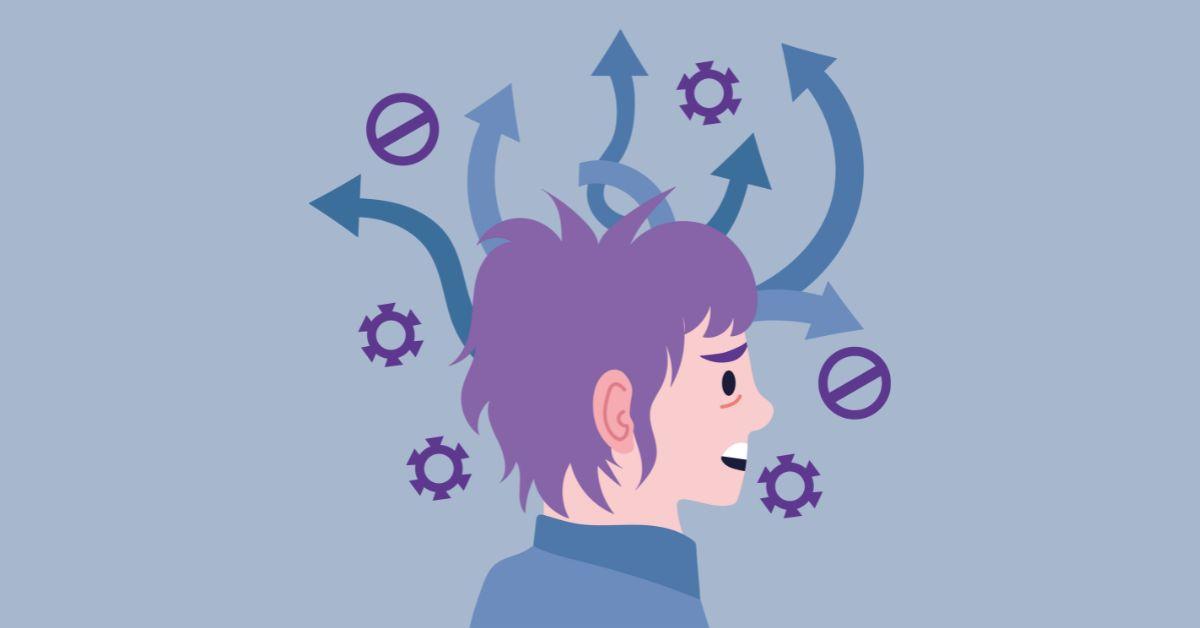By: Yvette McDonnell
Lindy Hedges is a university lecturer at Notre Dame and a Christian therapist in private practice. She’s also a director of the ADHD Foundation of Australia.
She joined me for a chat about ADHD and the support available.
ADHD impacts the part of the brain that helps us organise, be on time, strategise and plan.
“Everyone is talking about ADHD, and one of the things that I have really found is that ADHD is still hugely misunderstood, unfortunately, out there in the community,” said Lindy.
As a therapist, Lindy says she often comes across attitudes towards ADHD, leftover from the 1980s, when ADHD was believed to be “naughty 10-year-old boys jumping off rooftops… Unfortunately, that’s a really poor misrepresentation of ADHD.”
As a neurodevelopmental disorder, ADHD sits in the prefrontal cortex in the brain which, as Lindy explains, is the part of the brain that controls things like organizing, timeliness, strategizing, planning, and back planning.
What does ADHD look like?
“If you live with someone that has ADHD, you will know that they can be incredibly forgetful, or they can be really impulsive and do something incredibly unpredictable,” she said.
“They can be doing ten different things at once and not doing all ten of them as fabulously as they could be if they were just doing one.”
Alternatively, Lindy says, a person with ADHD can become hyper focused, where they can fully focus on a task for hours, even forgetting to eat or drink.
Another aspect of ADHD is the impact it can have on peoples’ emotional dysregulation.
“The ADHD brain is famous for going from zero to a hundred in 0.3 of a second with its emotional reactions,” Lindy said.
“Someone with ADHD can look like they’re sitting quite calmly and happily one second, and then in 0.3 of a second, their brain can take them into a huge white rage and everything changes.
“If you are living with someone like that, that can be quite frightening and intimidating.”
Lindy says it’s vital that we support the families of people who have ADHD, as it can be an incredibly difficult thing to navigate.
Is it over diagnosed?
Yes, and no, Lindy says.
“I hear this one all the time that we are over diagnosing and depending on what journals you read or listen to… maybe eight to ten per cent of the world’s population is neurodiverse, which means that they live with ADHD or autism spectrum disorder, otherwise known as a SD,” she said.
“One of the things that’s going on at the moment is ADHD has a very strong genetic component, so if you’ve got a child who’s say 10 years old who’s just recently been diagnosed, if you are working with a clinician that knows what they’re doing, at some point they’re going to ask the question, so who’s the carrier?
“In a way, when one person in a family gets diagnosed, three people in a family can be diagnosed,” Lindy said.
“We’re sitting in a time where we are looking backwards and we are looking forwards, so in a way, when one person in a family gets diagnosed, three people in a family can be diagnosed.”
Is help available?
With a multitude of psychologists and therapists specialising in ADHD, there is a lot of support available to those who have ADHD – or who suspect that they might.
“I’m a real supporter of psychiatric formal diagnosis because that gives people an opportunity to try a drug regime for their ADHD if they want to,” Lindy said.
Check out the ADHD Foundation of Australia for more support options.
Article supplied with thanks to Hope Media.
Feature image: Canva

